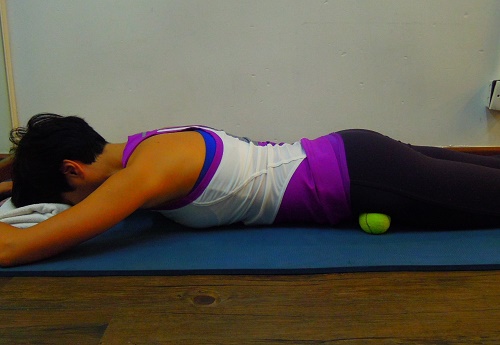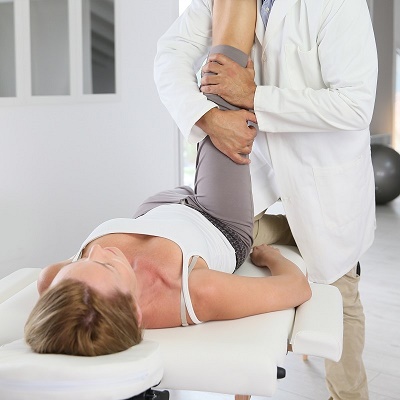It is a general knowledge that muscles attach to bones via the tendon and generate the movement around a joint under the stimulus of electrical signals sending from the nervous system. This is how our body works within musculoskeletal and neuromuscular system. The findings of myofascial researchers show us this doesn’t complete the whole picture. Human body operates as a whole unit in static or in motion binding in a myofascial network formed by fascia, connective tissue, in response to external force, gravity and ground reaction force. It is directly responsible for organizing mechanical forces which are distributed throughout the body. It profoundly influences the view on exercises and health. Continue reading →
Dynamic warm up routine
No matter how much time you have for an exercise session or how long the sports game going to last, do not rush to the core of the workout without proper warm up. A warm-up just as shortly as 5 minutes but well-executed and comprehensive will paid off with improved performance in power, speed, agility, endurance, flexibility and strength. Continue reading →

Trigger points release
Trigger points are hypersensitive areas that develop throughout the body. Some refer to these hypersensitive areas as “knots.” A knot is essentially an area in the muscle that is contracting in that specific spot. While injury and overuse can be the cause of trigger points, other proposed reasons include localized dehydration in fascial tissue and lack of blood flow to localized areas, caused by inflamed fascia. Continue reading →

PNF Stretching Techniques
If you’ve been stretching for years and still do not see improvement in flexibility up to your fitness goal, try the following technique which are believed to be the most effective for increasing muscle length and therefore joint range of motion. Continue reading →
Dynamic stretching
Flexibility that is beneficial for health is not necessary to achieve the recommended range your joint can move around as illustrated on anatomy book. The joint may not exhibit the same range of motion when you are moving or walking as the body have to stabilize or under loads. We need the flexibility that is functional and help us move better. Continue reading →